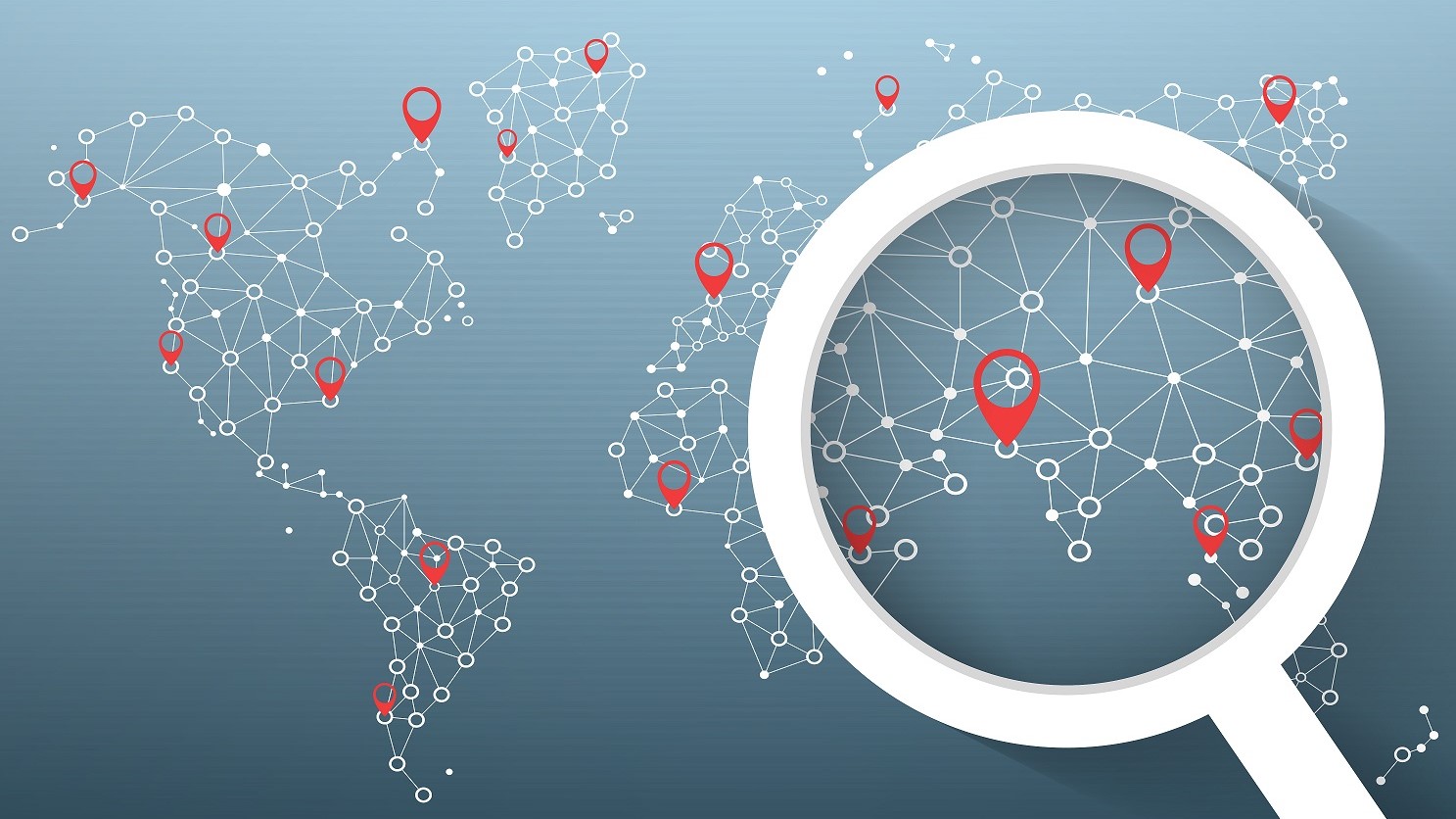If you live in an urban area, you probably take the use of addresses for granted: odd numbers on one side, evens on the other, unit numbers where necessary.
But in rural spaces and less well-demarcated urban areas, vague or inaccurate addresses can be a major problem – which is why Google is hoping a new addressing system will become a ubiquitous online index to the physical world.
Google’s Plus Codes system foregoes conventional street-based addresses and breaks the world’s surface into a grid, on which locations can be described using a short sequence of alphanumeric codes.
Under the new system, locations are described using a four-character local code, the + symbol, and one or more additional characters depending on the level of accuracy required. A Plus Code exists within the confines of a particular city, which can be described using its name or using an additional four-character area code.
For example, Google’s interactive Plus Codes mapping site reveals that the code for Parliament House within the Canberra region area code (4RPF) is M4RF+PQ. However, zooming in for a higher-accuracy reading allows an address to pinpoint, for example, the Parliamentary Library at M4RF+F9M, or the Parliament Shop at M4VG+239.

Area codes define a 100km2 region, while six-character codes are accurate to 14m2 and the optional eleventh character increases accuracy to 3m2.
Google has already rolled out the identifier within Google Maps and Google Search, where typing “M4VG+239, Canberra” will bring you straight back to the Parliament Shop. You can also prepend Canberra’s area code (4RPF) to provide a complete, standalone Plus Code address – 4RPFM4VG+239 – that will be mapped back to conventional street addresses and longitude/latitude coordinates. Addresses can also be embedded within URLs, as with https://plus.codes/4RPFM4VG+239.
Because the system uses a consistent global grid, nearby locations have similar codes. It also operates independently of political boundaries, avoiding complexities and regional idiosyncrasies in addressing schemes.
Saving lives, and finding them
It may seem redundant in countries that are well accustomed to established street address systems, but residents of many countries have no such luxury.
Google has pointed to the lack of consistent addressing in high-density slums, for example, as a built-in use case for Plus Codes. They could be used to provide a sense of place for refugees in teeming camps; to guide people in crowded Indian cities where just 30 percent of addresses reference a specific location; or in smartphone apps that would allow lost hikers to convey their exact location to rescue services.
Emergency services responders regularly struggle with inconsistent street numbering systems or vague locations that waste critical minutes as ambulances cruise streets. One recent Queensland University of Technology study of address accuracy noted that such delays have been blamed for seven deaths in Queensland alone, and regularly result in everything from “minor inconveniences to avoidable fatal tragedies”.
Inaccurate address information raises commercial issues as well. For example, errors and inconsistencies in Australia’s centralised G-NAF (Geodetic National Address File), which is used as a baseline by all manner of geospatial services, caused major slowdowns and promulgated errors in the early planning and rollout of the National Broadband Network (NBN).
The system could also help improve the accuracy of conventional package and mail delivery – which struggles with the free-form nature of conventional addresses – by reducing every point on earth down to a fixed-length series of characters.
Such addresses could be easily and consistently stored in package-tracking systems, and used to avoid ambiguities around addresses that are missing, inaccurate, obsolete, or use non-standard numbering systems. This could reduce the cost of package handling, redeliveries, customer complaint handling, and other side-effects of misdeliveries.
Plus Codes aren’t the only system to try applying an alphanumeric code to real-world addressing – regional efforts like India’s eLoc and Zippr, among others, have developed their own schemes – but Google’s heft could help its system stand out. In November, for example, it was adopted as a digital-addressing standard by the government of Ghana as it works to formalise its economy.
To promote real-world applications for Plus Codes, Google has open-sourced the underlying technology and does not charge any costs for use of the codes.
More information can be found here, or use Google’s Plus Codes map to find out your own Plus Code address.










